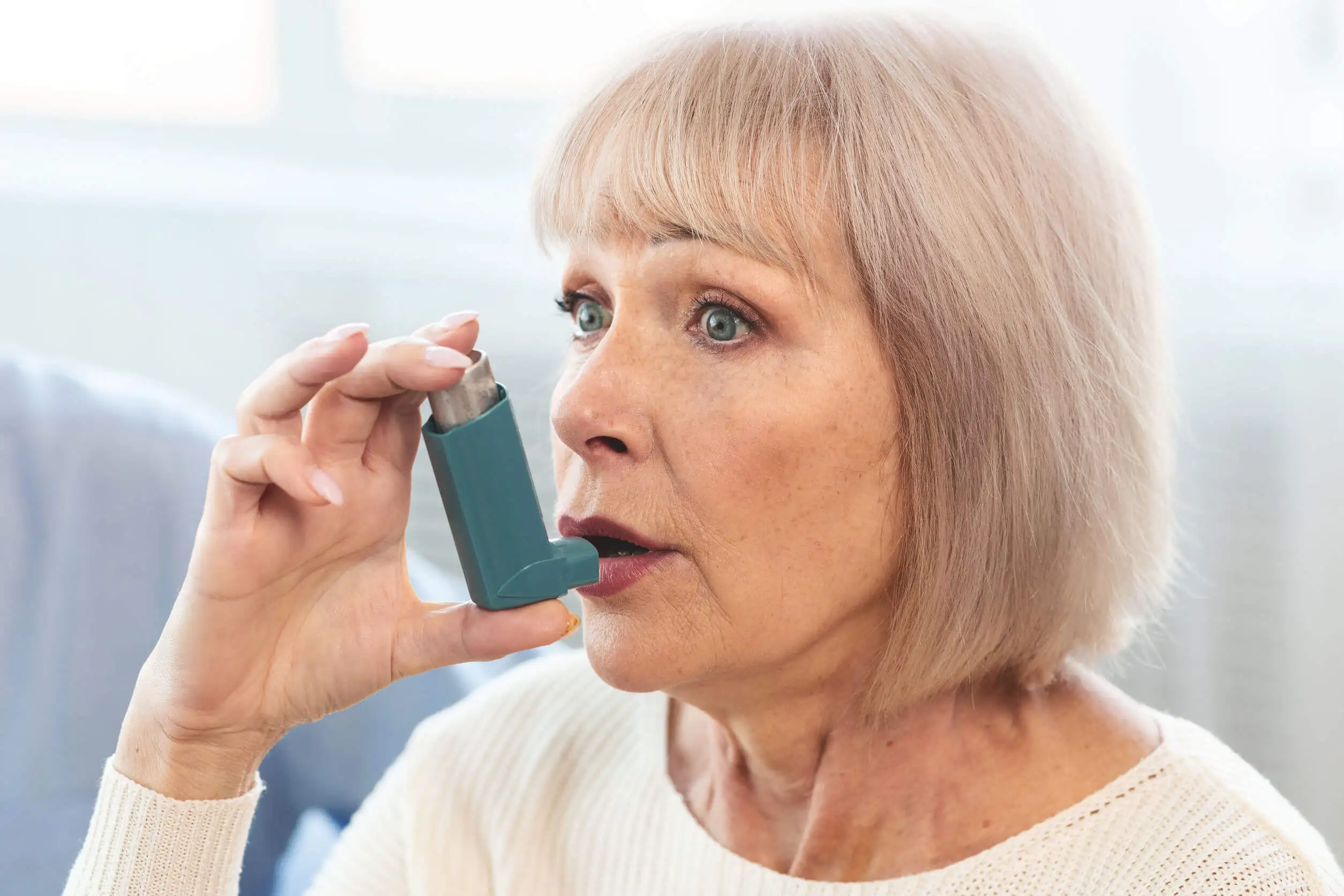All About Drug Allergies


Reviewed and approved by the pharmacist Franciele Rohor de Souza
Drug allergies are a response of the body to a certain drug. It’s an unexpected, unpredictable immune system reaction that isn’t related to the drug’s own effects.
When you take a drug, adverse reactions can occur, depending on the dose and possible drug interactions.
However, there are other types of unpredictable drug reactions that aren’t related to the dose or possible drug interactions. This group includes reactions caused by drug allergies.
Types of drug allergies and reactions

Depending on where the reaction occurs, symptoms can range from hives and intense itching, a generalized rash and swelling, to episodes of bronchospasm and even anaphylaxis.
Allergic drug reactions are divided into two groups, depending on how quickly they occur:
- Immediate reactions: These appear within the first hour of taking the drug. They are triggered by the production of the antibody or immunoglobulin E (IgE). This is the most frequently diagnosed type of reaction and is severe.
- Late reactions: These occur within an hour of taking the drug, although they can often take weeks to develop. These types of drug allergies are triggered by different immune mechanisms and can result in various types of reactions.
How often and at what age does a drug allergy appear?
Allergic reactions to drugs can occur at any age. However, they usually occur from around the age of 40.
At this age, it’s more normal to need to take more medication than younger people. Therefore, the possibility of sensitization increases with the repeated intake of drugs.
The frequency of this type of allergic reaction is difficult to determine, as there are no studies on its actual incidence. However, it’s estimated that they account for about 10% of all adverse drug reactions.
Approximately 5% of adults may be allergic to one or more drugs. But it’s estimated that 15-25% of the general population may have some type of reaction to the medication they are using.
Read also: Citrus Allergy: Symptoms, Treatment, and Recommendations

How can drug allergies be diagnosed?
Allergic reactions that most frequently occur are those caused by beta-lactam antibiotics. and non-steroidal anti-inflammatory drugs (NSAIDs).
Diagnosis is based on a detailed history of the reaction and the medications causing the allergy. Laboratory tests and other tests on the individual such as skin tests or controlled exposure tests are used to confirm the diagnosis.
Skin tests
These are the most common and can be intracutaneous, with an immediate reading of the result after 15 minutes, or epicutaneous or patch tests with a reading at 48 and 96 hours.
The type of test is chosen according to the type and severity of the allergic reaction. The patient’s condition and the need for the drug in question are also taken into account.
Skin tests consist of introducing small amounts of the drug under study into the skin in different ways.
To perform them, concentrations of the drug that have been shown not to be irritating must be used. Otherwise, they may result in false positives.
When performing the tests, the patient may experience the allergic reaction he/she suffered when taking the drug. For this reason, the whole procedure must be well-controlled and supervised by experienced personnel.
Read also: Water Allergy: Symptoms and Treatment
Controlled exposure tests
In certain cases, controlled drug exposure tests may be necessary when all other previous tests have been negative and confirmation is needed.
To perform these tests, increasing amounts of the drug are administered orally every few days (starting with small amounts) until the therapeutic dose is reached.
A common reaction
Drug allergies can’t be prevented unless you have been diagnosed with the allergy already. In that case, your doctor will rule out the use of that drug and drugs belonging to the same family.
However, remember the importance of taking medications only when necessary and following the instructions given by your doctor or pharmacist.
All cited sources were thoroughly reviewed by our team to ensure their quality, reliability, currency, and validity. The bibliography of this article was considered reliable and of academic or scientific accuracy.
-
Cardona, R., Ramírez, R. H., Reina, Z., Escobar, M. F., & Morales, E. (2009). Alergia e intolerancia a antiinflamatorios no esteroides: desensibilización exitosa en tres casos y revisión de la literatura. Biomédica. https://doi.org/10.7705/biomedica.v29i2.20
-
CHAVES Erika, A. (2004). Pruebas diagnósticas en alergia y su utilidad clínica. Diagnostic Tests and their Clinical Use in Allergy. Rev Med Hered.
-
Carina Chromoy, G., & Pedro Mallo, M. (2014). Alergia al látex: el farmacéutico como agente de cambio. Hospital Naval Buenos Aires.
This text is provided for informational purposes only and does not replace consultation with a professional. If in doubt, consult your specialist.








